Bulinus truncatus
Bulinus truncatus is a freshwater snail with the widest distribution of all Bulinus species. It is found across much of Africa, the near east and the Mediterranean.
The mollusc is very important for Africa as it acts as an intermediate host for schistosome parasites that cause the disease schistosomiasis in both humans and animals.
B. truncatus is found in flowing or standing fresh water and in:
- dams
- other man-made lakes
- irrigation systems
Species detail
The Bulinus snail’s shell shape varies widely. Variation occurs in:
- the height of the spire
- the form of the columellar margin
- the size of the umbilicus
-

Distribution and Ecology
Bulinus truncatus is widely distributed in Africa, but has also been found in parts of Europe and Asia. Find out where.
-

Biology
Discover how molecular techniques are helping Museum scientists explore this snail’s reproductive forms.
-

Behaviour
Bulinus truncatus is a host for the schistosome worm that causes schistosomiasis. Find out more.
-

References
Get more information on Bulinus truncatus.
Images
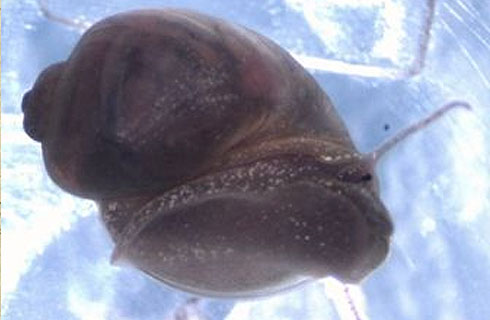
A Bulinus truncatus snail from Nyanguge in Tanzania.
.
© Natural History Museum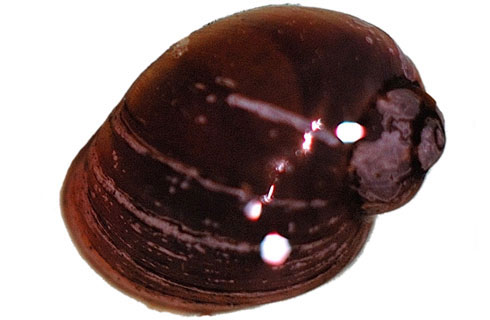
The shell of Bulinus truncatus.
© Fred A Lewis, Yung-san Liang, Nithya Raghavan & Matty Knight. Creative Commons Attribution 2.5 Generic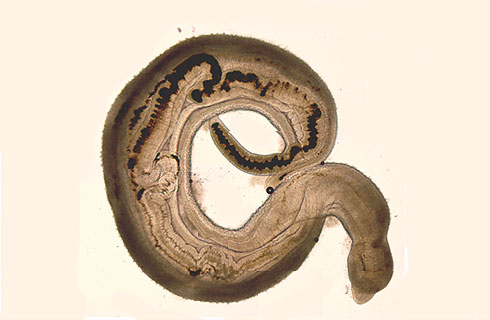
Paired, adult male and female Schistosoma haematobium worms, the agents of urinary schistosomiasis in Africa (composite photograph).
© Natural History Museum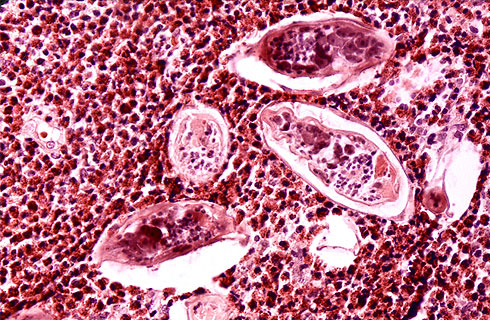
Histopathology of bladder shows the eggs of Schistosoma haematobium.
© CDC/Dr Edwin P Ewing, Jr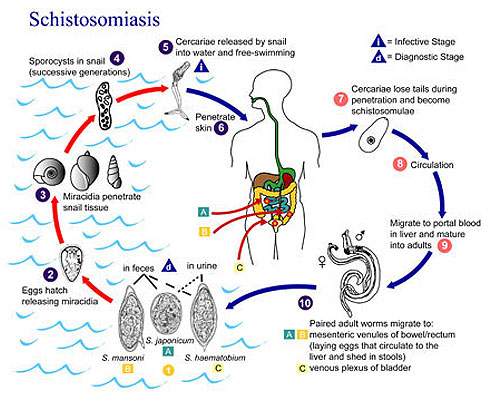
The life cycle of Schistosomiasis
© CDC
A collection of shells of species from the Bulinus genus involved in the life cycle of blood flukes of the genus Schistosoma which gives rise to the disease Schistosomiasis in humans.
© Natural History MuseumAuthor
Dr Richard Kane
Former Biomedical Laboratory Manager/Researcher
Toolbox
Glossary
Microsatellite genetic markers
Sections of DNA that are repeated in a genome and can be used to study genetic relationships between populations of the same or related species.
Columellar
The central anatomical feature of a coiled snail or gastropod shell, running from the apex to the midpoint.
Umbilicus
The hollow, cone-shaped space in the whorls of a coiled mollusk shell.
